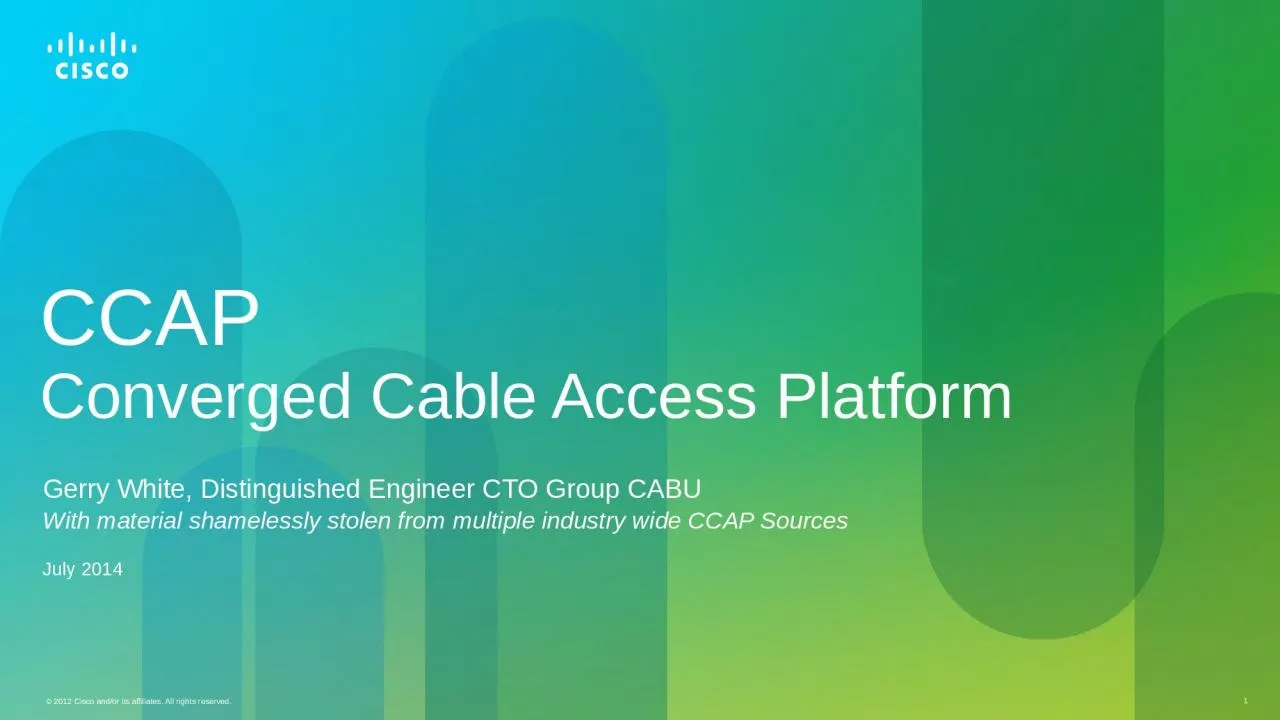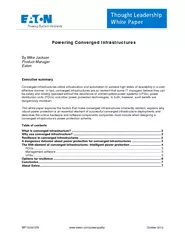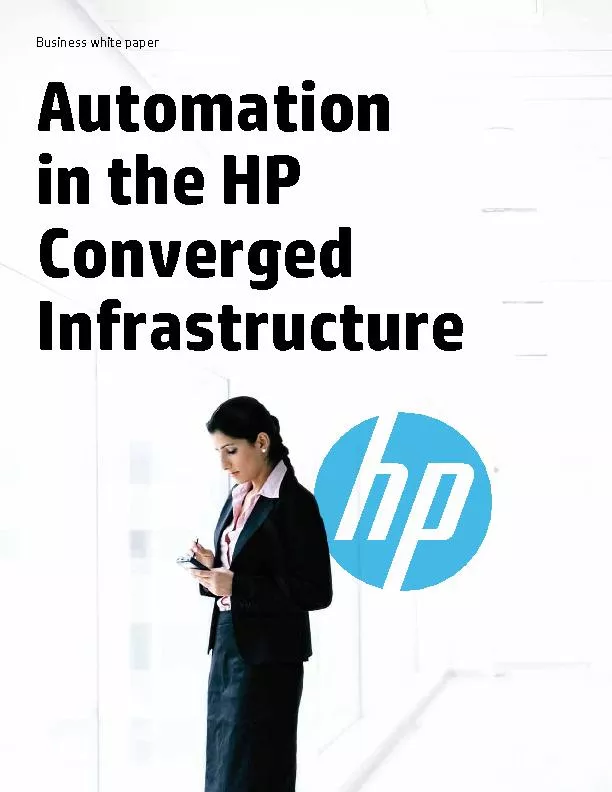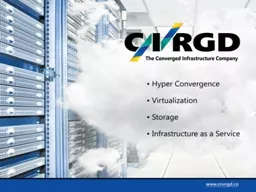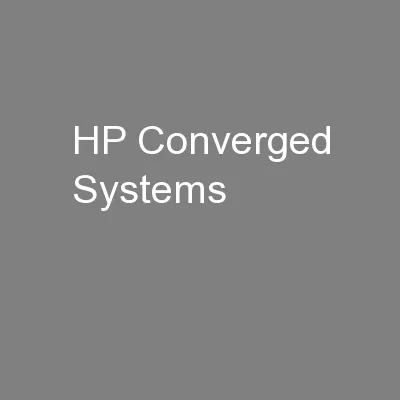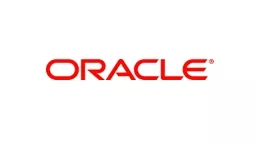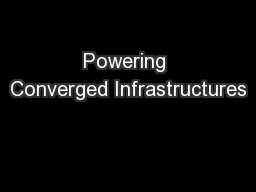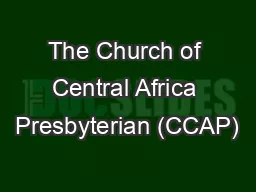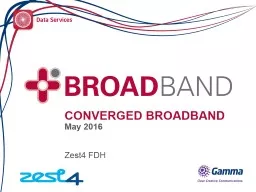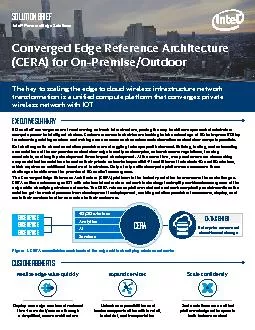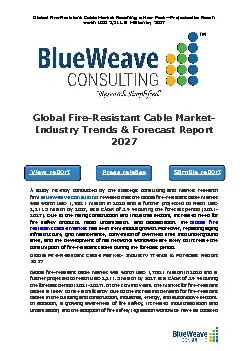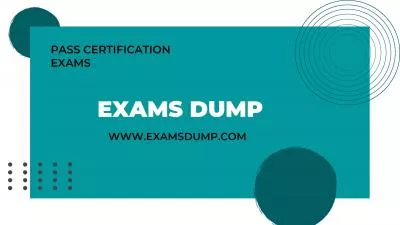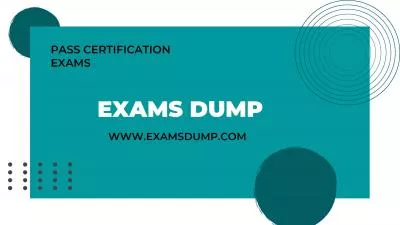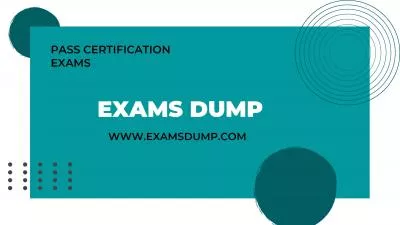PPT-CCAP Converged Cable Access Platform
Author : moistbiker | Published Date : 2020-08-28
Gerry White Distinguished Engineer CTO Group CABU With material shamelessly stolen from multiple industry wide CCAP Sources July 2014 Agenda Why CCAP What is
Presentation Embed Code
Download Presentation
Download Presentation The PPT/PDF document "CCAP Converged Cable Access Platform" is the property of its rightful owner. Permission is granted to download and print the materials on this website for personal, non-commercial use only, and to display it on your personal computer provided you do not modify the materials and that you retain all copyright notices contained in the materials. By downloading content from our website, you accept the terms of this agreement.
CCAP Converged Cable Access Platform: Transcript
Download Rules Of Document
"CCAP Converged Cable Access Platform"The content belongs to its owner. You may download and print it for personal use, without modification, and keep all copyright notices. By downloading, you agree to these terms.
Related Documents

